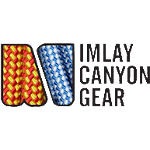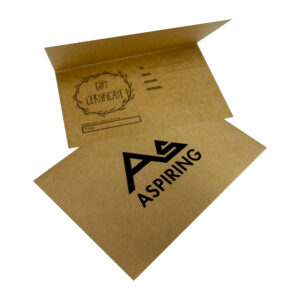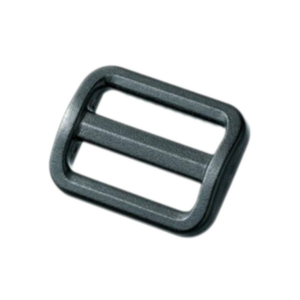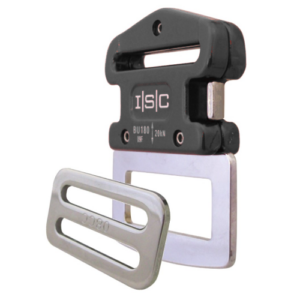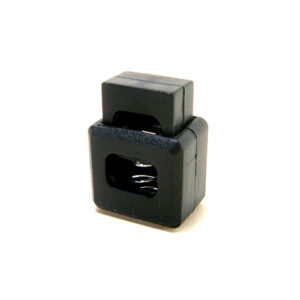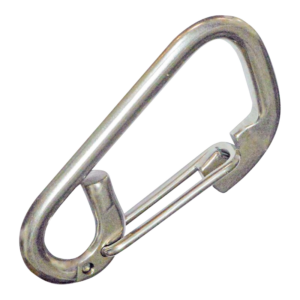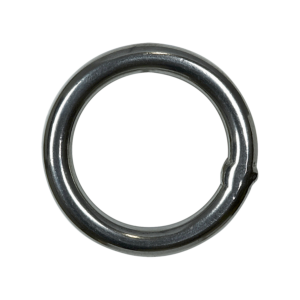Ropes, harnesses, lanyards and other webbing products used in climbing, height safety, and outdoor education are generally made from polyamide (nylon) or polyester (Dacron, Terylene).
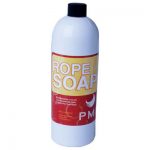
Nylon is susceptible to attack by acids; whereas polyester is susceptible to attack by alkalis, so these materials must be kept away from those chemicals. Bleaches are usually either acidic or alkaline, and so must be avoided. A common source of acid is 12-volt batteries, which contain strongly concentrated sulphuric acid.
Cleaning agents
Mild soaps that contain no harmful chemicals as above are suitable for cleaning nylon and polyester products, including webbing and ropes.
Cleaning agents that must be avoided are those that contain chlorine (acidic) or ammonia (alkaline), including all common bleaches.
Some cleaners contain abrasive agents, and these must be avoided also.
Hand washing
Use a mild soap and warm water to wash harnesses. A sponge or plastic dish brush can be used, but nothing more abrasive. It is best to avoid soaking the harness completely, because repeated swelling and contraction can stress the webbing fibres. A garden hose with a high-pressure nozzle is effective for removing loose dirt.
Ropes can be hosed down, or pulled through a rope washer such as the Bokat washer.
Machine washing
You can machine-wash harnesses at a laundromat with a front-loading industrial machine. This has a tumbling action, which will do the harness no harm. A top-loading washing machine must not be used, because the agitator can abrade the webbing.
Ropes can also be washed in a front-loading machine. The best method is to pack them into a large mesh bag.
To assist cleaning we recommend PMI Rope Soap be added to the wash. For information on this see our rope accessories page.
Regardless of the washing method, dry slowly in a well-ventilated area away from direct heat and sunlight.










